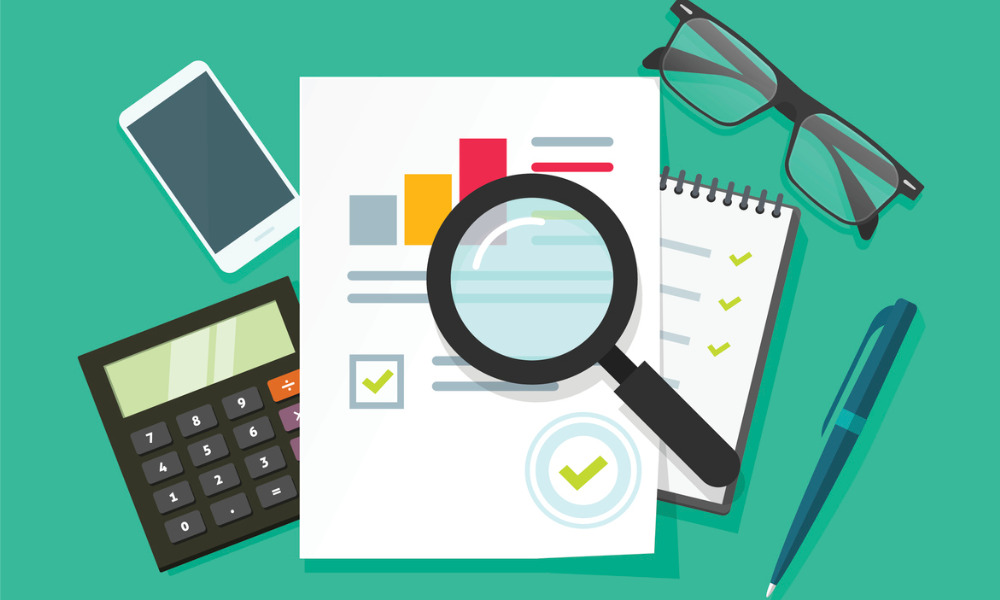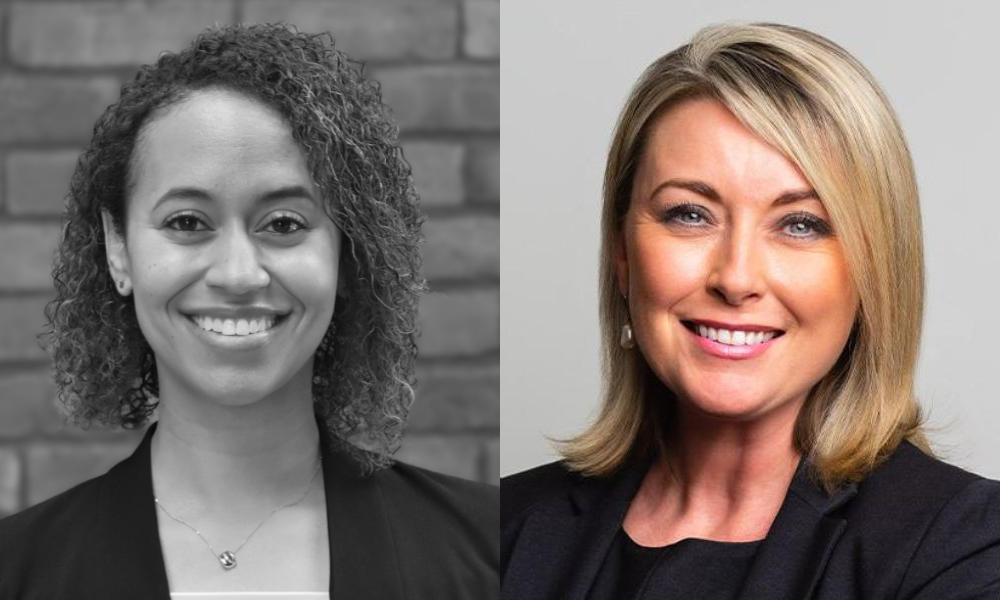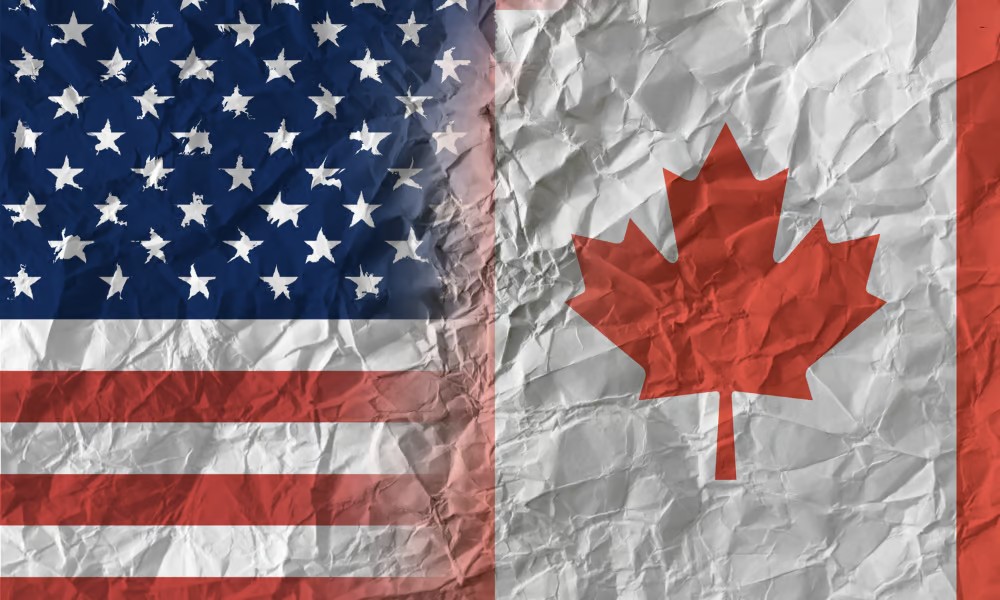‘10 days is tight but your claim should have been based on all the information that’s there’

Many companies employed one of the Canadian government’s COVID lifelines — the Canada Emergency Wage Subsidy (CEWS) — to survive the loss of business during the pandemic lockdown but now, expected audits are happening.
The CEWS plan has been extended until December and more than three-quarters of businesses have said that it’s an important and much-needed program, according to a survey.
To date, 1,372,950 claims were approved, totalling $43.96 billion, according to the government’s Canada.ca website. Some companies are now being asked to provide financial figures to support those claims, with a tight deadline.
“If you do get an audit letter, the first thing I always recommend, given this tight timeline, the 10 days, is to try and get an extension. [However] my understanding is they’re not providing extensions very easily,” says Sheryne Mecklai, partner in the tax department at accounting firm Manning Elliott in Vancouver. “10 days is not a lot of time.”
Even though the 10-day period is challenging, the revenue department has pushed back on these claims by some businesses, she says.
“We’ve seen some commentary on various discussion boards, where the CRA has said: ‘You should have had this information when you made the claim. It’s not as though we’re asking you to dig up stuff that you didn’t have already.’ The detail of the information that they’re requesting is significant but it’s just putting all that information together in a succinct form to provide to the CRA: 10 days is tight but your claim should have been based on all the information that’s there.”
Whether or not a company gets an extension, it must provide accounting data to the Canada Revenue Agency (CRA), she says.
“There’s things that go in the corporate minute book like shareholder information; sometimes they want an org chart of all the corporate entities that are involved. With the CEWS claim, they’re relying on revenues to determine whether your revenue drop is sufficient enough to make that claim so they’re going to want all the information supporting that revenue.”
They also want general ledger data, says Mecklai.
“They sometimes want bank statements in various journals to support what you’ve actually got, to support the information that you’re providing."

Sheryne Mecklai
Even if an employer cannot provide all of this right away, advises Mecklai, give CRA what you have.
“It’s just a matter of gathering this information. It’s best to provide the information in a very organized fashion so that it makes their audit as simple as possible.”
One of the most critical pieces to provide CRA is compensation numbers, she says.
“Because you’re claiming a subsidy on payroll, they’re going to want all the payroll information; they’re going to want to see who you paid, when did you pay them? How does it line up to the various periods that the claim is being made? They’re going to want support for the baseline remuneration.”
Not every company who received CEWS funding will be audited, according to Mecklai.
“They’re going to be using risk-assessment tools and random sampling to select who they’re going to audit. It’s not as though all the big ones will be audited, especially if they’re going to be using random sampling, but [for] the risk assessment tools, one of the factors might be the dollar value of the claim. But they won’t give us that much information. We don’t have numbers, we just know their methodology.”
Also, honesty is always the best policy when dealing with the CRA, she says.
“Knowing that the audits are coming, just make sure your CEWS claim is accurate. They have said that they’re not going to be penalizing people that have made an honest mistake. They understand the legislation is complex, it’s a new program. But these people that are trying to circumvent the system deliberately, they’re the ones that they’re going to ‘punish.’”




